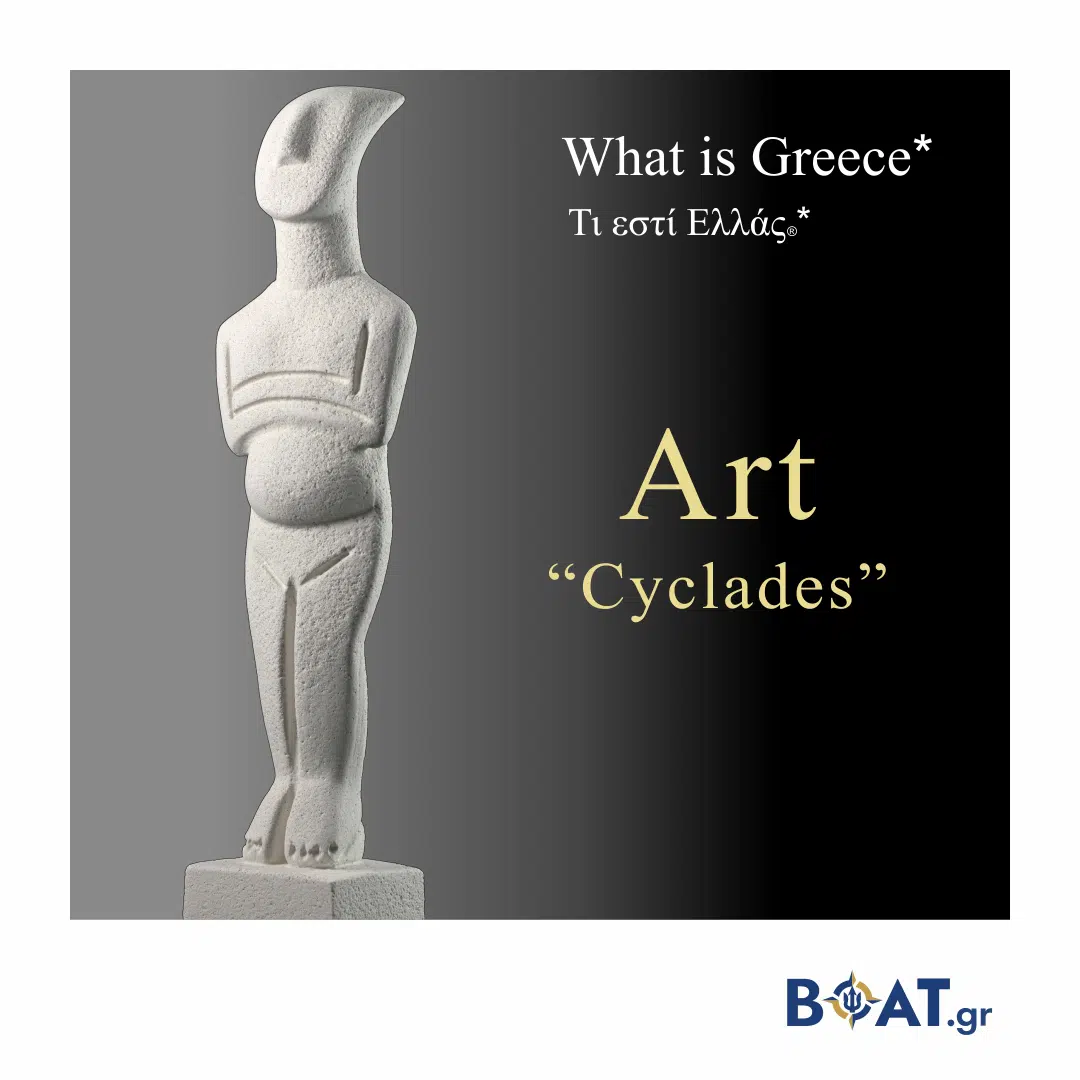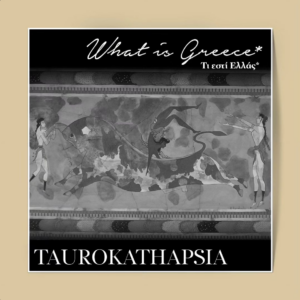…beyond its legendary sunlight and crystalline magical waters, Greece is so much more than a jewel in the Mediterranean.
The Cyclades, a group of islands in the southwestern Aegean, comprises some thirty small islands and numerous islets. The ancient Greeks called them kyklades, imagining them as a circle (kyklos) around the sacred island of Delos, the site of the holiest sanctuary to Apollo.
The ancient Cycladic culture flourished from c. 3300 to 1100 BCE. Along with the Minoan civilization and Mycenaean Greece, the Cycladic people are counted among the three major Aegean cultures. Cycladic art therefore comprises one of the three main branches of Aegean art.
The best known type of artwork that has survived is the marble figurine, most commonly a single full-length female figure with arms folded across the front
Marble carving is the most characteristic product of Cycladic culture, and the abstract forms of its figurines have influenced several twentieth and twenty-first century artists, such as Constantin Brancusi, Amedeo Modigliani, Alberto Giacometti, Barbara Hepworth, Henry Moore, and Ai Weiwei.
Although Cycladic marble figurines and vases appeal to the modern viewer for their almost translucent whiteness, their creators loved colour and used it liberally on these objects for both practical and symbolic reasons.














